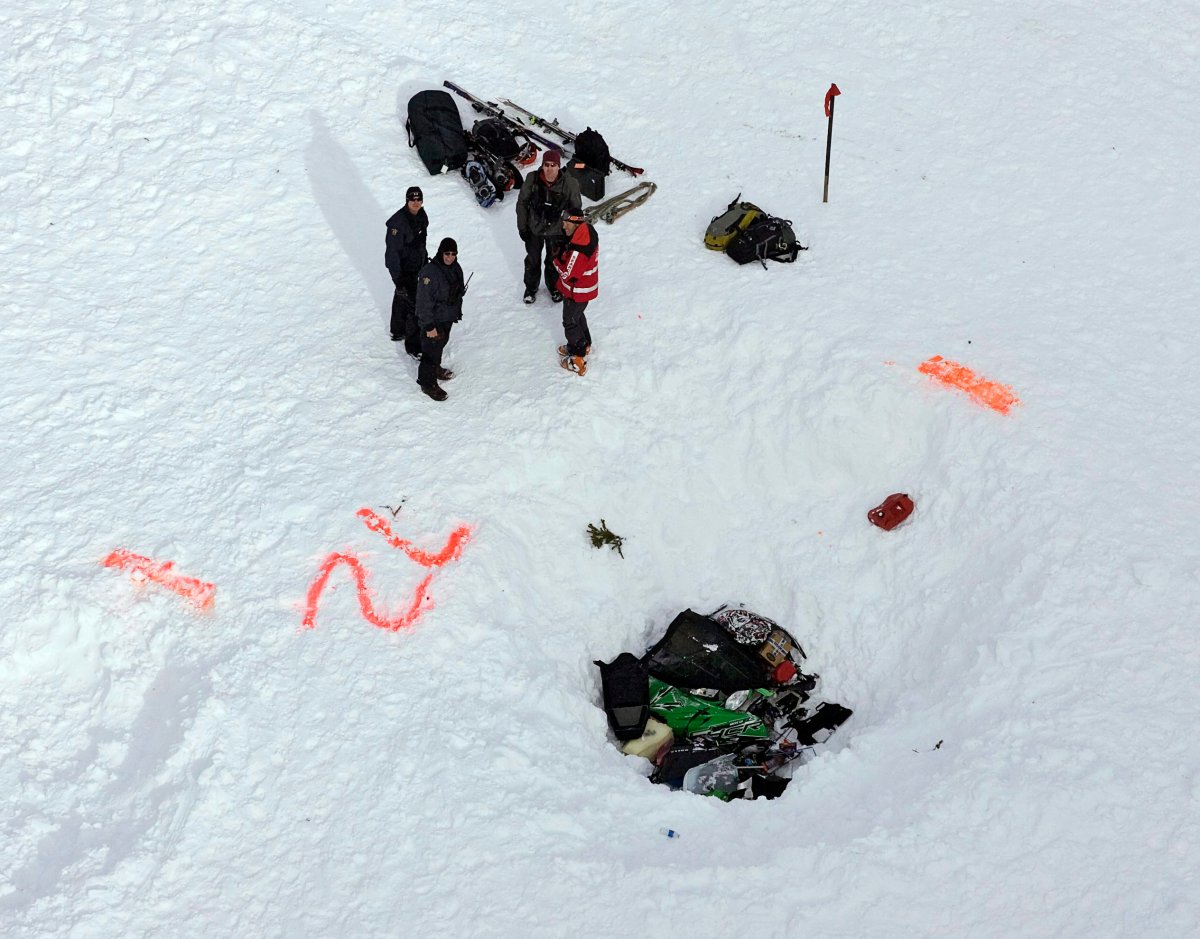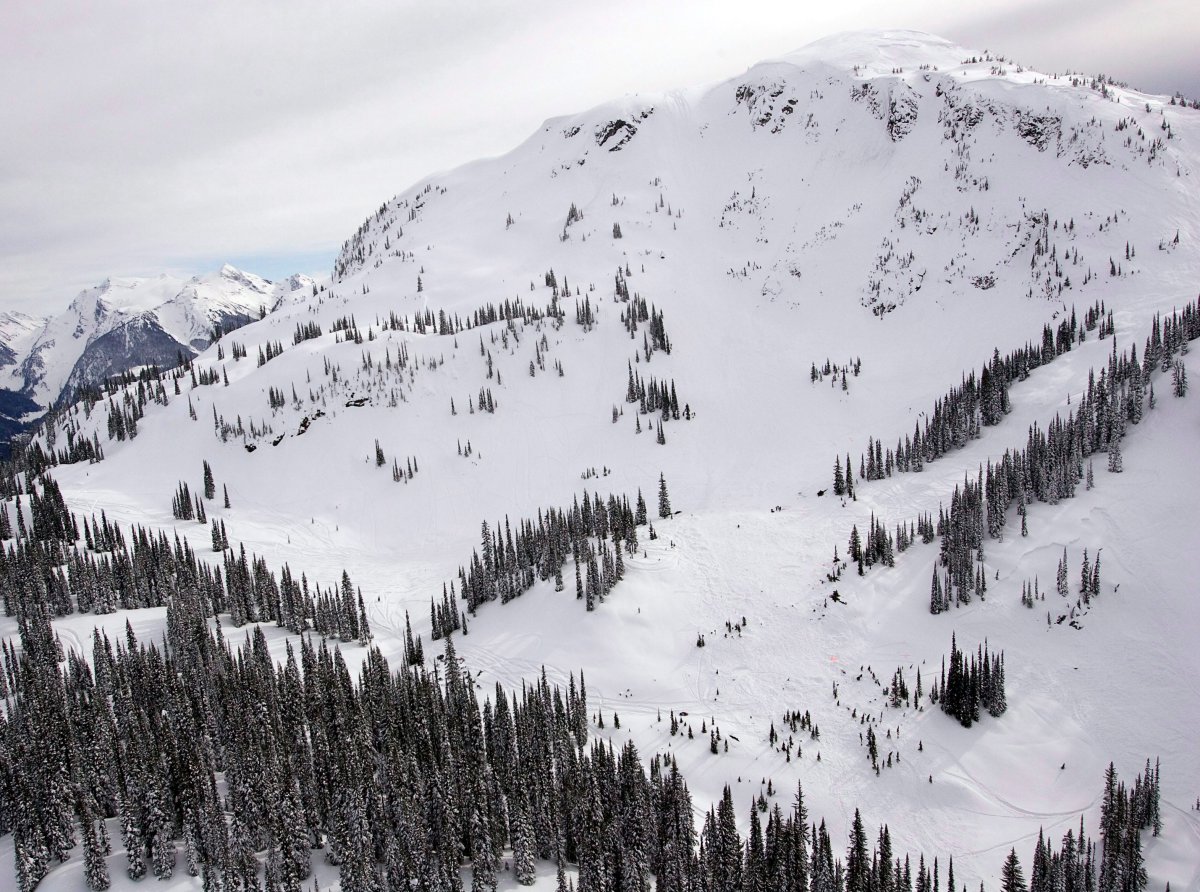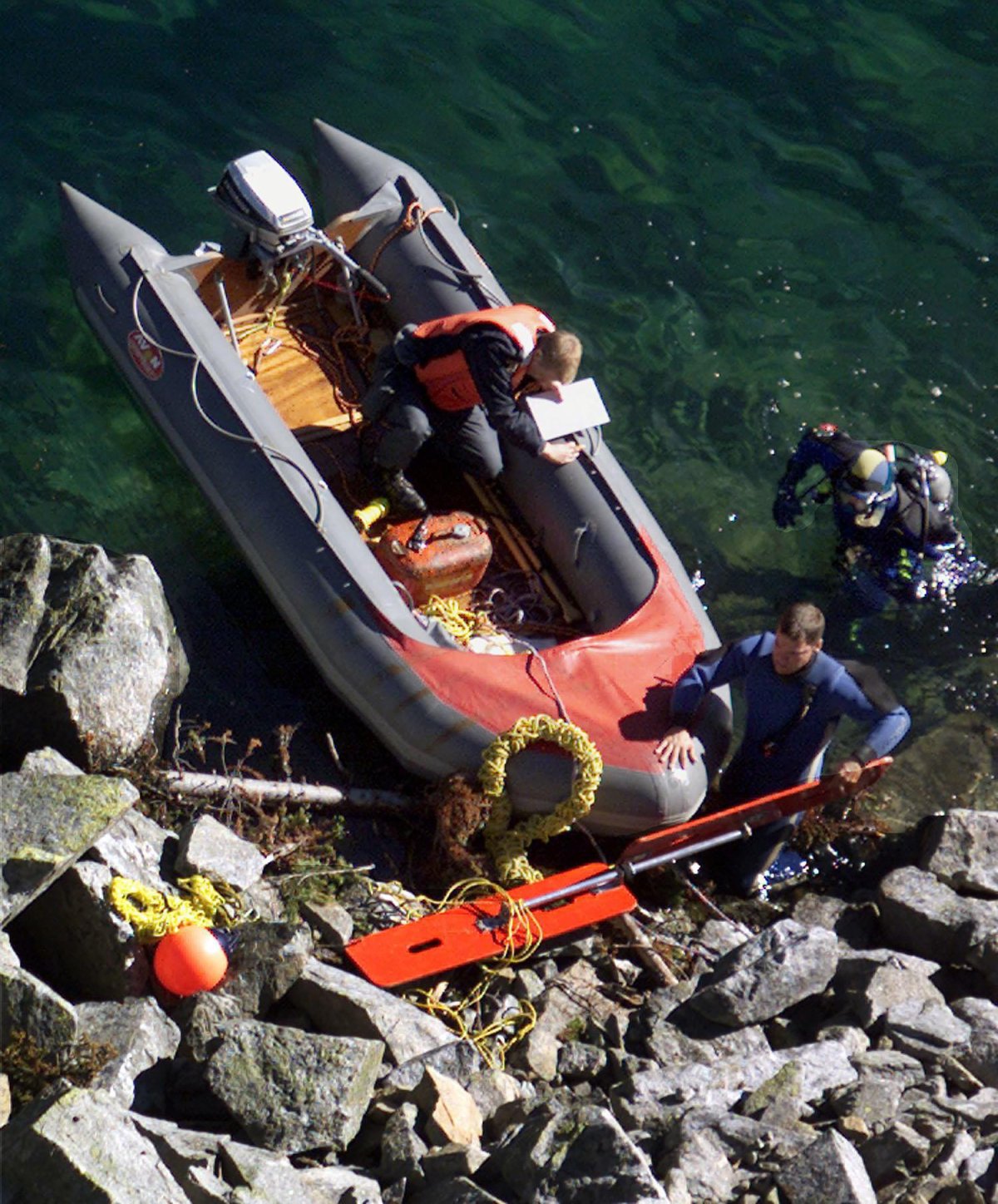Four snowshoers who went missing in the North Shore Mountains near Vancouver were found dead on Sunday. Police were alerted to their disappearance after a hiker called 911 on Saturday to say a snow ledge at the peak of Mount Harvey had collapsed.

There are an average of fourteen avalanche-related deaths in Canada every year, and most occur in B.C. and western Alberta.
READ MORE: Canada’s avalanche army wages war on dangerous snow
Here are some of the most fatal avalanches in Canada.
Jan. 2016: Five men, all snowmobilers from Alberta, died after a major avalanche in McBride, a small B.C. town near Prince George.
March 2010: Two people were killed and hundreds trapped when an avalanche hit a snowmobile drag race event in Revelstoke, B.C.
Dec. 2008: Eight snowmobilers from the small mining town of Sparwood, B.C. were killed in an avalanche in nearby Fernie. More than 2,000 people attended the public funeral.
Feb. 2003: Seven high-school skiers from Calgary were killed in Revelstoke. It was the second major avalanche in the area in 12 days.
Jan. 1999: In one of the deadliest avalanches in Canadian history, nine people died in an avalanche in Kangiqsualujjuaq, an Inuit village in Northern Quebec, on New Year’s Day.
Nov. 1998: Michel Trudeau, brother of Justin Trudeau, was swept into the waters of Kokanee Lake after an avalanche in British Columbia’s interior. His body was never recovered.
Dec. 1996: Three European tourists heli-skiing on a glacier near Whistler were killed when an avalanche hit.
May 1996: Three skiers, all residents of Vancouver, died in an avalanche in Bella Coola, B.C.
March 1991: Nine heli-skiers were killed on the Purcell Mountains in Golden, B.C., in one of the best-known heli-skiing areas in the world.




























































































Comments